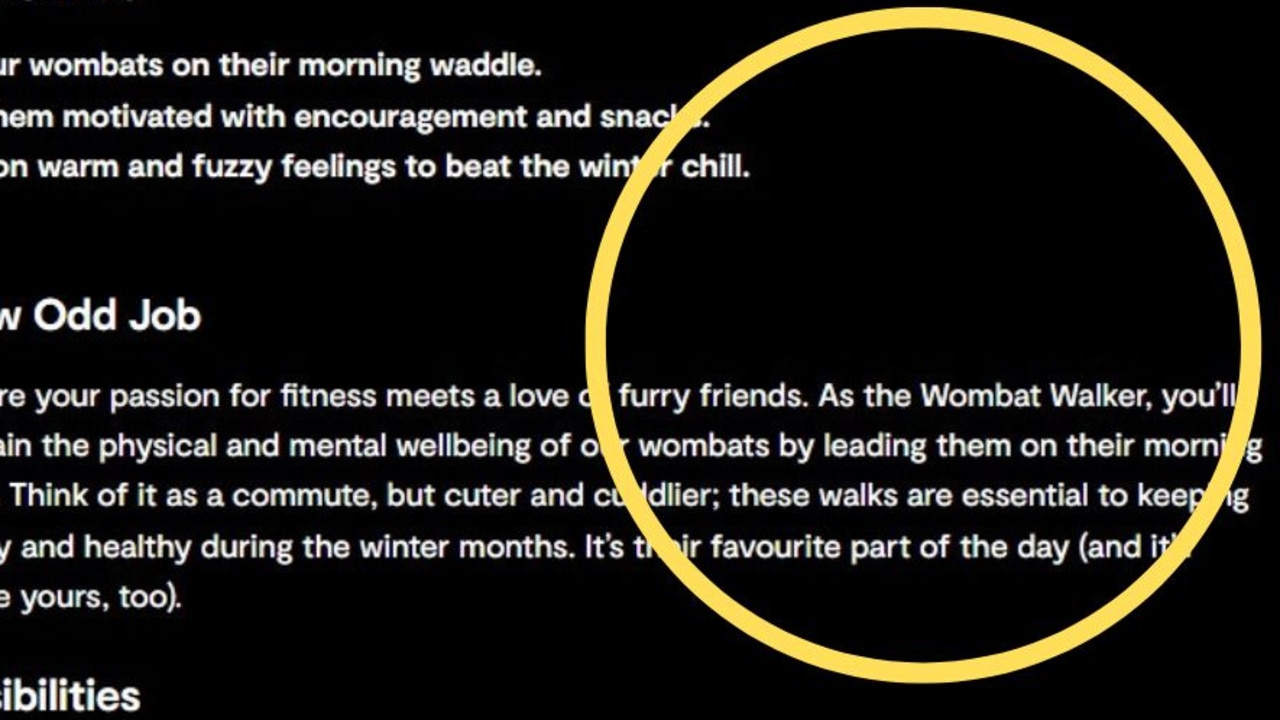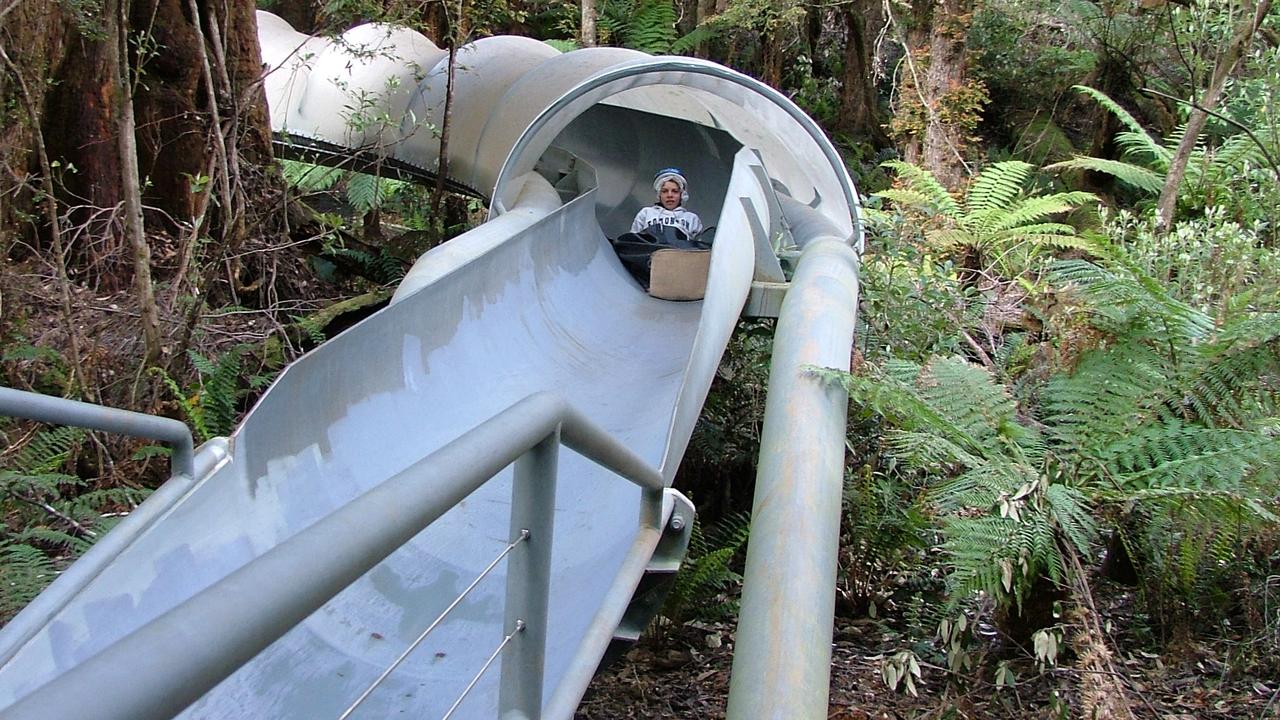Lights, camera, action to save Tasmanian devils
TASMANIA has gone hi-tech to save its famous devils, which are under threat from an infectious facial tumour that has wiped out almost half of the population.

TASMANIA has gone hi-tech in a bid to save its famous devils.
It is all in the name of ensuring the survival of a species under threat from a mysterious infectious facial tumour disease which has wiped out almost half of the population.
Tasmanian devils crossing a bridge in the state's south will break infra-red beams and trigger a 400 watt floodlight, allowing them to be filmed day or night.
Tasmania's Infrastructure Minister Jim Cox said yesterday traffic surveillance equipment had been adopted to monitor the movement of devils into the Forestier Peninsula from Dunalley Bridge.
The bridge provides the only land access to the peninsula and is ideal for monitoring their numbers.
The hi-tech equipment was installed for University of Tasmania researcher Dr Menna Jones.
It includes two light beams set at different heights which, when broken by an animal crossing the bridge, will activate a high-mounted camera to take three pictures to show the direction in which it is travelling.
The disease is thought to be passed between devils through biting when, for example, they compete for food.
Once the cancer becomes visible and spreads internally, the animal usually dies within a few months from starvation and the breakdown of body functions.
At a devil forum in Hobart earlier this year, scientists predicted the species faced extinction within 10 to 20 years at the current rate of decline.
Thirty disease-free devils in quarantine near Hobart could be shipped to Maria Island, off the state's east coast, as part of a breeding program.
The proposal from Professor Hamish McCallum, of the University of Tasmania, is designed to establish a free-range breeding population where the disease does not exist.



